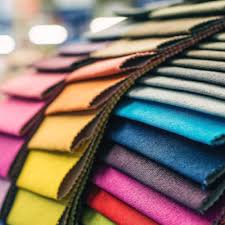Stamp: Kattarklógv (Faroe Islands 2017)
Kattarklógv (Faroe Islands 2017)
27 February (Faroe Islands ) within release Natural Dye goes into circulation Stamp Kattarklógv face value 9.50 Danish krone
| Stamp Kattarklógv in catalogues | |
|---|---|
| Michel: | Mi: FO 882 |
| Yvert et Tellier: | Yt: FO 881 |
Stamp is vertical format.
Bog Asphodel (Narthecium ossifragum), gives more dusty yellow hues than White CloverAlso in the issue Natural Dye:
- Stamp - Steinamosi face value 9.50;
- Stamp - Klokkulyngur face value 9.50;
- Stamp - Smæra face value 9.50;
- Stamp - Korki face value 9.50;
- Stamp - Mjaðarurt face value 9.50;
- Stamp - Kattarklógv face value 9.50;
- Souvenir Sheet - Natural Dye face value 57;
Stamp Kattarklógv it reflects the thematic directions:
A flower, sometimes known as a bloom or blossom, is the reproductive structure found in plants that are floral (plants of the division Magnoliophyta, also called angiosperms). The biological function of a flower is to effect reproduction, usually by providing a mechanism for the union of sperm with eggs. Flowers may facilitate outcrossing (fusion of sperm and eggs from different individuals in a population) or allow selfing (fusion of sperm and egg from the same flower). Some flowers produce diaspores without fertilization (parthenocarpy). Flowers contain sporangia and are the site where gametophytes develop. Many flowers have evolved to be attractive to animals, so as to cause them to be vectors for the transfer of pollen. After fertilization, the ovary of the flower develops into fruit containing seeds. In addition to facilitating the reproduction of flowering plants, flowers have long been admired and used by humans to beautify their environment, and also as objects of romance, ritual, religion, medicine and as a source of food.
Textile is an umbrella term that includes various fiber-based materials, including fibers, yarns, filaments, threads, and different types of fabric. At first, the word "textiles" only referred to woven fabrics.However, weaving is not the only manufacturing method, and many other methods were later developed to form textile structures based on their intended use. Knitting and non-woven are other popular types of fabric manufacturing. In the contemporary world, textiles satisfy the material needs for versatile applications, from simple daily clothing to bulletproof jackets, spacesuits, and doctor's gowns
The textile industry is primarily concerned with the design, production and distribution of textiles: yarn, cloth and clothing.


